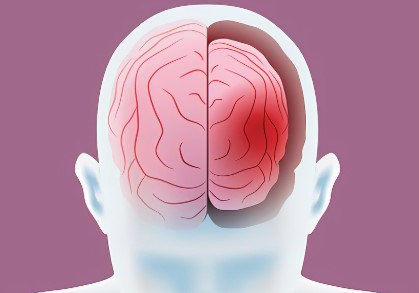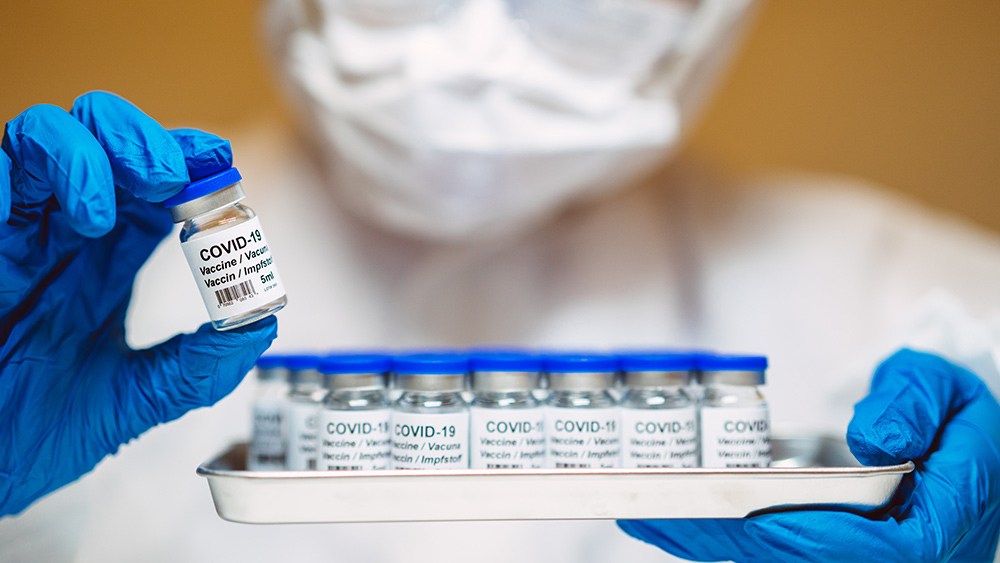 Parler
Parler Gab
Gab
- Retired neurosurgeon Dr. Russell Blaylock warns that geoengineering-linked aluminum nanoparticles are accelerating Alzheimer’s and Parkinson’s.
- Inhaled aluminum nanoparticles enter the brain directly, accumulating in regions affected by neurodegenerative diseases.
- Former HHS Secretary Robert Kennedy Jr. and President Trump acknowledge concerns over atmospheric spraying, citing ties to autism and health risks.
- A Canadian study links aluminum exposure in miners to higher rates of Parkinson’s, supporting Blaylock’s warnings.
- Advocates urge immediate government transparency and action to halt alleged programs contaminating ecosystems and health.
How nano-aluminum invades the brain
Blaylock explains that aluminum’s neurotoxicity is not new, but current programs escalate exposure through a unique mechanism: aircraft dispersing nanoparticles. Breathed in, these ultrafine particles bypass respiratory barriers and migrate directly into brain tissue, settling in areas critical to memory (hippocampus) and motor control (substantia nigra). “Once inhaled, they’re in the brain,” Blaylock said, noting that aluminum’s presence excites microglial cells, which trigger inflammation and neuronal death—a hallmark of neurodegenerative disease. This biological pathway aligns with the Ontario mining study, which tracked miners exposed to aluminum-laced “McIntyre Powder” from 1943-1979. Researchers found Parkinson’s rates rose with exposure duration, with a 34% higher incidence among affected workers. “This isn’t just theory,” Blaylock stresses. “The science on aluminum’s toxicity and its role in neuroinflammation has existed for decades.” Alarmingly, systemic exposure compounds dangers: aluminum from food packaging (e.g., soda cans), vaccines and now atmospheric spraying creates cumulative burdens. “Combined with pesticides and other toxins, it’s overwhelming our bodies’ ability to detoxify,” he warned.Government allegations and the push for transparency
Blaylock’s claims have found unexpected allies in federal leadership. In April, Kennedy told Dr. Phil he believes the Pentagon’s DARPA is behind the spraying program, vowing: “I’m going to do everything… to hold them accountable.” Meanwhile, Trump’s February remarks, linking autism to either atmospheric spraying or pesticide-laced food, lent mainstream credibility to the controversy. Despite this, agencies like NASA and NOAA dismiss chemtrails as “baseless speculation,” while the UN’s IPCC has proposed stratospheric aerosol geoengineering as a climate tool—a stance critics call unethical experimentation. Yet even moderate voices are wary: Brennan’s 2020 Council on Foreign Relations admission that “aerosol injection” is “the subject of serious research” fuels public distrust. “These programs operate in a legal and ethical gray zone,” said Blaylock. “Without transparency or oversight, we’re playing lab rats in a global experiment.”When aluminum’s dark side was known—yet ignored
The risks of aluminum exposure are not news. Decades of research, including Blaylock’s own work, have tied the metal to Catalonia’s occupational Parkinson’s clusters (linked to aluminum smelting) and Gulf War veterans’ neurological illness post-vaccine-Al aluminum adjuvants use. The Ontario mining study further validated mechanistic links: miners exposed to respirable aluminum had a 12% higher rate of Alzheimer’s-with-dementia and 34% higher Parkinson’s incidence. Blaylock recalls that in the 1990s, he warned of aluminum in infant formula and vaccination risks, only to face professional backlash. Now, as soil and water contamination from atmospheric spraying persists, reversal may be “impossible,” he said. “This isn’t about conspiracy—it’s about poisoning ecosystems, and we’re already seeing the consequences in human health.”A call for transparency, advocacy and neuroprotection
Blaylock’s interview also outlined natural countermeasures, including curcumin and quercetin, to suppress microglial inflammation. Yet prevention demands systemic change. The neurosurgeon urges:- Immediate moratorium on atmospheric spraying until independently verified studies prove safety
- Federal courts are to compel agencies to comply with FOIA requests on geoengineering programs.
- Public campaigns to reduce aluminum exposure (e.g., avoiding soda cans, opting for aluminum-free deodorants).
The brain has no immunity to silence
As Alzheimer’s and Parkinson’s rates hit record highs, Dr. Blaylock’s warnings underscore an inconvenient truth: the skies—and the soil beneath—are becoming vessels of harm. “Toxins like aluminum, exposure to pesticides, herbicides, fluoride, all of them will activate microglia…and produce brain inflammation,” said Blaylock, outlining a common path of brain cell decline that can lead to Alzheimer’s disease. He also pointed out that curcumin, quercetin, tea catechins, omega-3 fatty and other nutrients are antidotes to brain inflammation. With government figures now echoing long-marginalized science, the global push for transparency must surmount political and industrial reluctance. “This isn’t just a health crisis—it’s a moral failure,” Blaylock asserted. Without urgent intervention, our brains may pay the ultimate cost. Sources for this article include: YourNews.com InfoWars.com NTD.com PubMed.govDr. Michael Nehls: How the global mind manipulation psy-op actually works
By Kevin Hughes // Share
Kraft Heinz removes SYNTHETIC DYES from its products, aligning with MAHA initiative
By Olivia Cook // Share
Governments continue to obscure COVID-19 vaccine data amid rising concerns over excess deaths
By patricklewis // Share
Tech giant Microsoft backs EXTINCTION with its support of carbon capture programs
By ramontomeydw // Share
Germany to resume arms exports to Israel despite repeated ceasefire violations
By isabelle // Share










